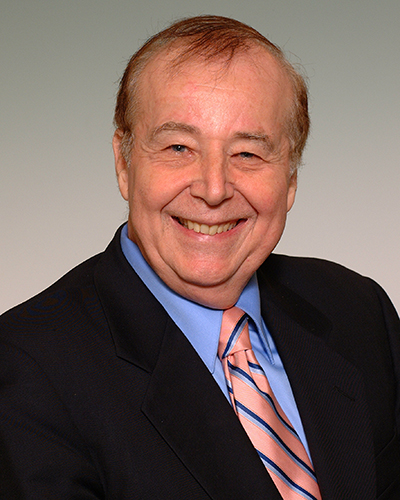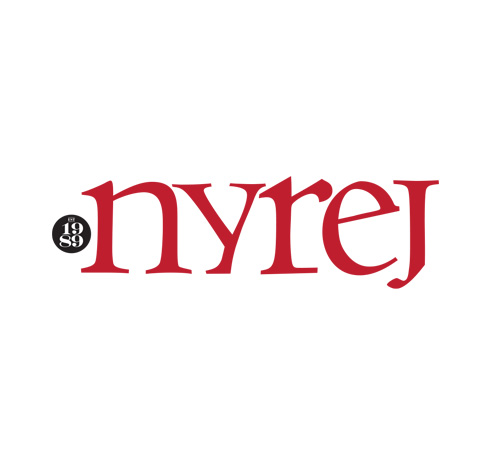Steps to ensure a successful reverse exchange - by Pamela Michaels
 Frequently, investors in New York City and the Northeast contact me to perform a reverse exchange with little understanding of the steps involved to successfully perform this unique exchange variation and without proper planning. This is generally the case because, although investors have heard that there is a way to buy the replacement property before selling the relinquished property, they rarely have an understanding of the other significant differences between a reverse and a delayed exchange as well as additional steps involved.
Frequently, investors in New York City and the Northeast contact me to perform a reverse exchange with little understanding of the steps involved to successfully perform this unique exchange variation and without proper planning. This is generally the case because, although investors have heard that there is a way to buy the replacement property before selling the relinquished property, they rarely have an understanding of the other significant differences between a reverse and a delayed exchange as well as additional steps involved.
In order to perform a safe harbor reverse exchange under Revenue Procedure 2000-37, title to either the property being sold, the relinquished property, or the property being purchased, the replacement property, must be parked with a Qualified Intermediary or an affiliate thereof, referred to as the Exchange Accommodation Titleholder (EAT) under a Qualified Exchange Accommodation Agreement (QEAA). Parking title involves the deeding of either the relinquished property or the replacement property to the EAT and the EAT retaining title to such property during the exchange period. It is essential that such a parking arrangement be established prior to the investor closing on its acquisition of the replacement property to avoid an investor holding title to both the relinquished property and the replacement property at one time and defeating the investor’s ability to perform a 1031 exchange. The first mistake many investors make is contacting a Qualified Intermediary after they have already acquired a new replacement property. If that has occurred, it is too late to use that replacement property to defer the gain on the sale of an investor’s relinquished property.
Presuming that an investor knows that an exchange must be established before closing on the replacement property, an investor must also consider how the investor intends to fund the acquisition of the replacement property as the funds from the sale of the relinquished property won’t be available. Many investors presume that conventional financing may be used to fund any portion of the purchase price over their required down payment. However, some investors may fail to consider the fact that the replacement property which will secure such financing will, in many cases, be parked with and owned by the EAT during the exchange period and fail to alert their lender to this fact when arranging financing. If this fact is not disclosed or considered until shortly before closing, it is likely that the financing needed to close the transaction may not be available as some lenders will not agree to finance the transaction if structured in this manner.
As indicated above, in a reverse exchange, either the relinquished property or the replacement property must be parked with the EAT. There are many factors that should be considered when determining which property should be “parked”. These factors may include whether the relinquished property is 100% owned by the investor, whether there is a mortgage securing the relinquished property which contains a due on sale clause, the value of the relinquished property versus the replacement property as the higher the value the greater related costs may be and the amount of equity the investor has available without financing to use to purchase the replacement property. This last consideration is many times the most significant in determining which property to park. If, for example, the investor’s relinquished property is expected to sell for approximately $5 million and the investor has no mortgage debt on the property, the investor is required to have approximately $5 million of equity invested in its replacement property on the date the investor acquires title to the replacement property to satisfy §1031’s requirements for full tax deferral. Many times an investor is planning on using considerable financing to purchase the replacement property. However, what the investor does not often realize is that doing so will result in the investor being unable to 100% defer capital gain taxes. For example, if the above investor acquires title to its replacement property with $4.5 million in financing and only $500,000 in equity, the result will be that the investor will incur $4.5 million in what is known as “cash boot” (cash proceeds not reinvested in like-kind property), all of which will be potentially taxable up to the amount of the gain. Parking the replacement property is necessitated in the above scenario and many other cases where an investor desires to perform a reverse exchange and needs financing. If the replacement property in the above example is parked with the EAT with $4.5 million of financing in place, the investor may still perform a fully deferred exchange. This is the case because whether the investor has invested sufficient equity in the replacement property to satisfy the exchange equation is not measured until the investor actually receives title to the replacement property. The amount of equity/debt in the property when the EAT holds title is irrelevant to satisfying the exchange requirements and fully deferring one’s taxes. Thus, the EAT may take title to the replacement property with $4.5 million mortgage encumbering it on behalf of the investor and retain such property until the investor has sold the relinquished property, presuming this occurs within the 180 day “safe harbor” period. When the relinquished property is sold, the $5 million (or more precisely, $5 million less exchange expenses) sales proceeds is paid to the EAT. The EAT uses these proceeds to first pay off the $4.5 million debt in full. Any remaining funds are given to the investor in repayment of the original equity the investor funded for the purchase of the replacement property. Upon repayment of the mortgage debt, the equity in the replacement property is increased to $5 million and the replacement property is then transferred to the investor. Since on the date that the investor acquires title to the replacement property, the investor has $5 million of equity in the property, the investor will have performed a 100% deferred exchange. Thus, by parking the replacement property with the EAT, it becomes possible to use bridge financing to acquire the replacement property without the investor incurring taxable boot.
Typically, investors do not realize that the replacement property must be parked with the EAT to achieve the foregoing result. Given this fact, it is essential that it be made clear to the lender that the replacement property is not to be owned by the investor during the exchange period and that the mortgage and note will be signed by the EAT and by necessity be non-recourse to the EAT. It is important that the investor ensure that the structure of the exchange is known to the lender at the time the investor arranges its financing as many conventional lenders will not fund a loan if the property is not owned by the investor. Thus, it may be necessary for the investor to seek alternative financing.
Many factors must be reviewed and considered by the investor, lender and the Qualified Intermediary when performing a reverse exchange. Given that the EAT is to take title to either the relinquished or replacement property during the exchange period, the Qualified Intermediary will want the opportunity to conduct due diligence on the property to be parked, to review title and to examine any environmental reports. The lender will want to review the parking arrangement documents to be executed at closing. The EAT will want to review the terms of the note and mortgage it is being asked to sign. All of these matters, and many more, require that there be considerable time between the date on which the Qualified Intermediary is engaged and closing. Thus, be sure to engage your Qualified Intermediary far in advance of your closing date if performing a reverse exchange and to make sure that your Qualified Intermediary carefully reviews with you the pros and cons of parking the relinquished versus the replacement property as well as any additional costs and steps involved in a reverse exchange.
Pamela Michaels, Esq., is senior vice president with Asset Preservation, Inc., New York, N.Y.
AmTrustRE completes $211m acquisition of 260 Madison Ave.


Strategic pause - by Shallini Mehra and Chirag Doshi

Behind the post: Why reels, stories, and shorts work for CRE (and how to use them) - by Kimberly Zar Bloorian

Lasting effects of eminent domain on commercial development - by Sebastian Jablonski









.jpg)
.gif)
.gif)